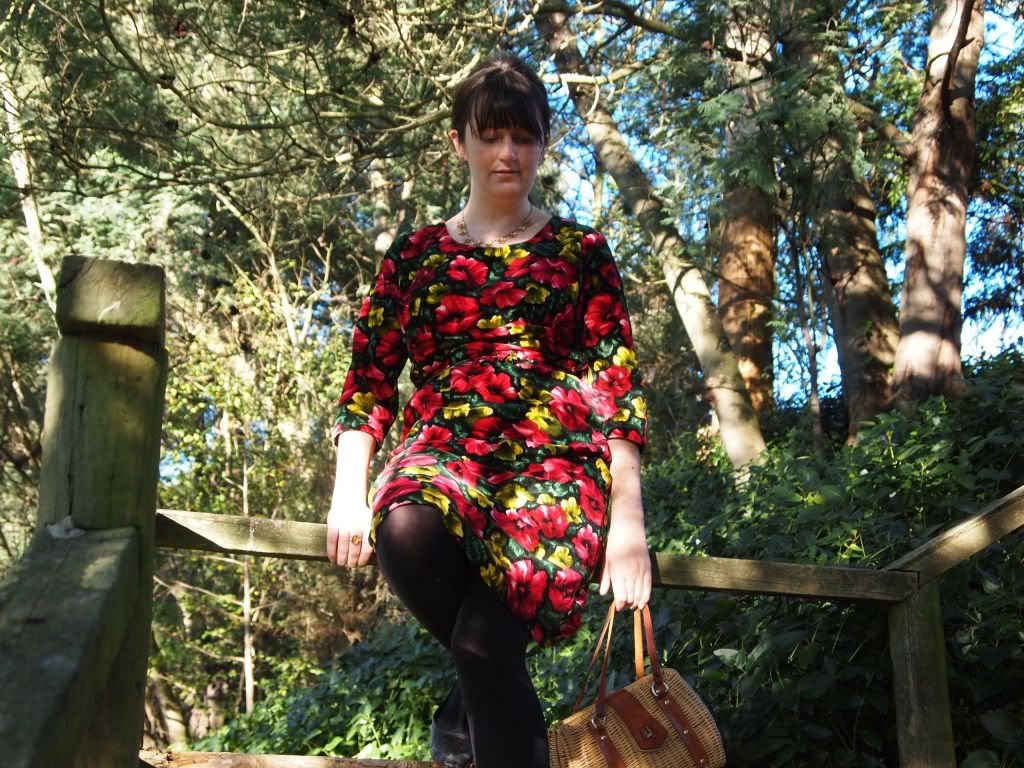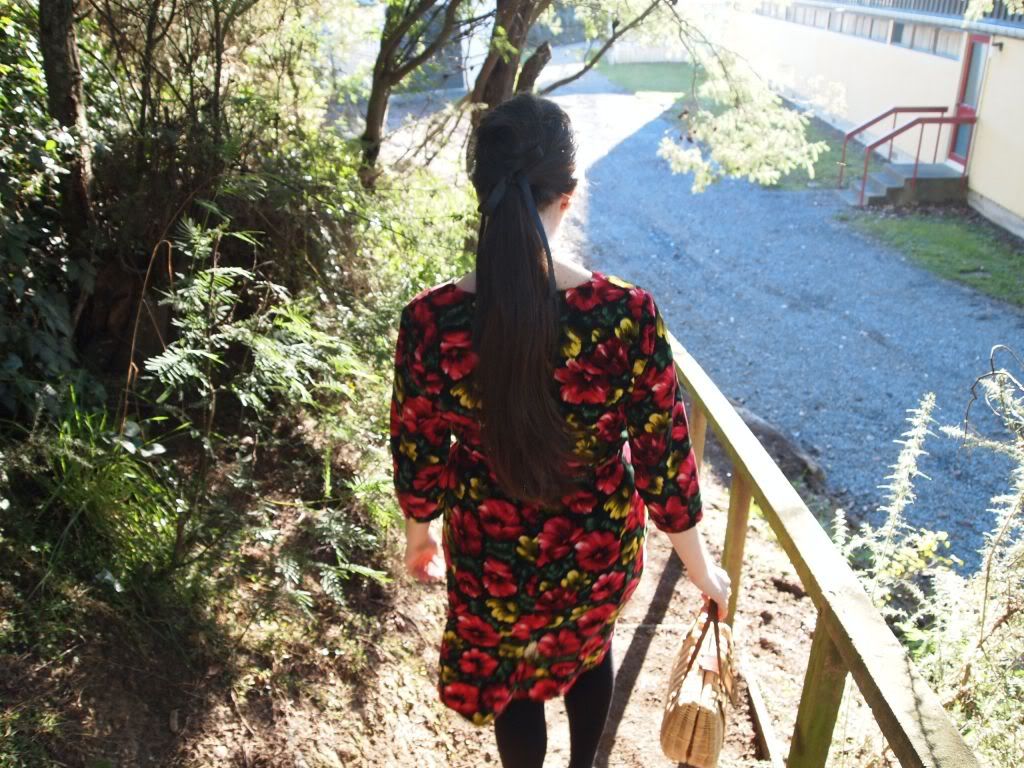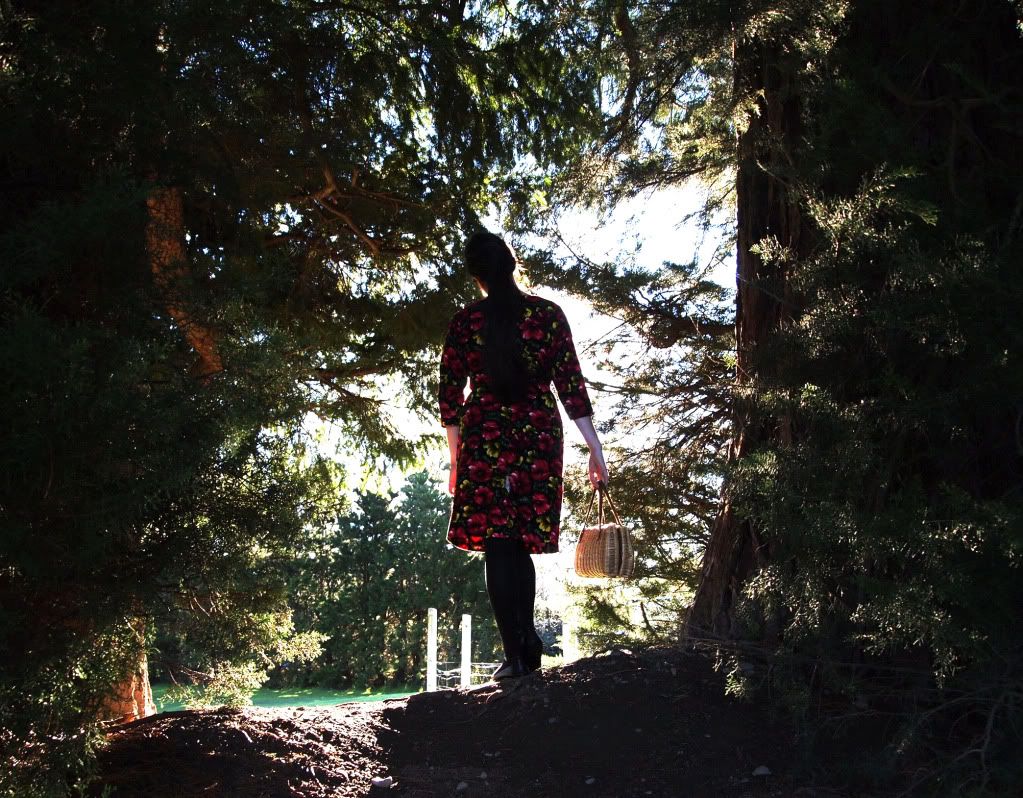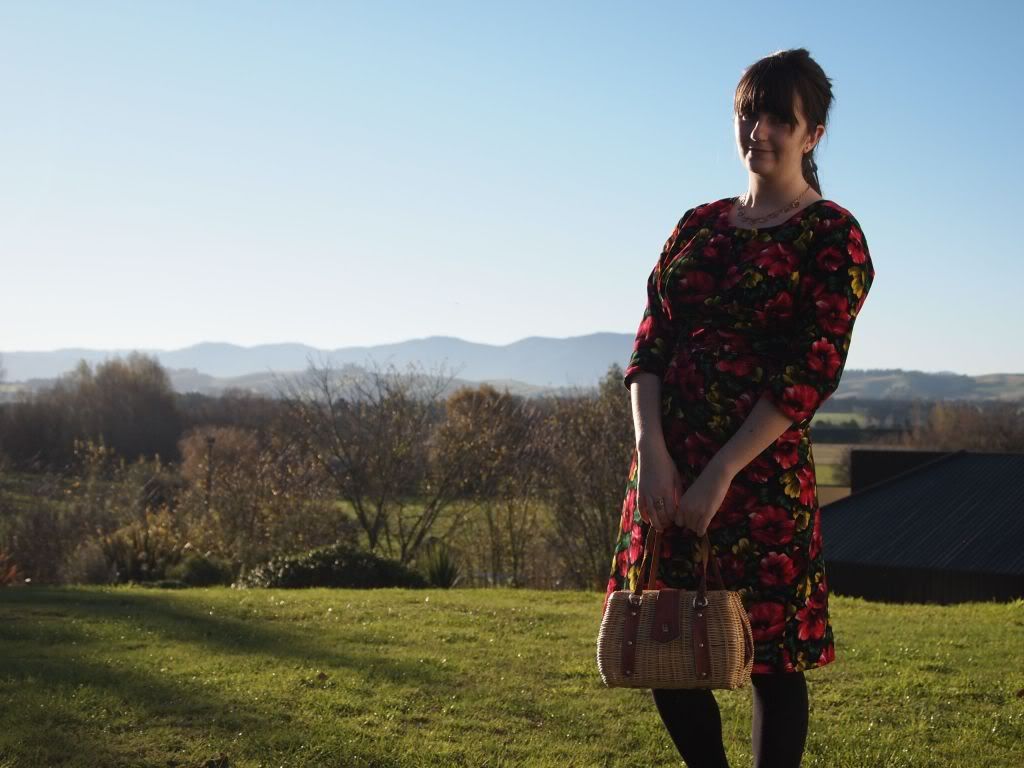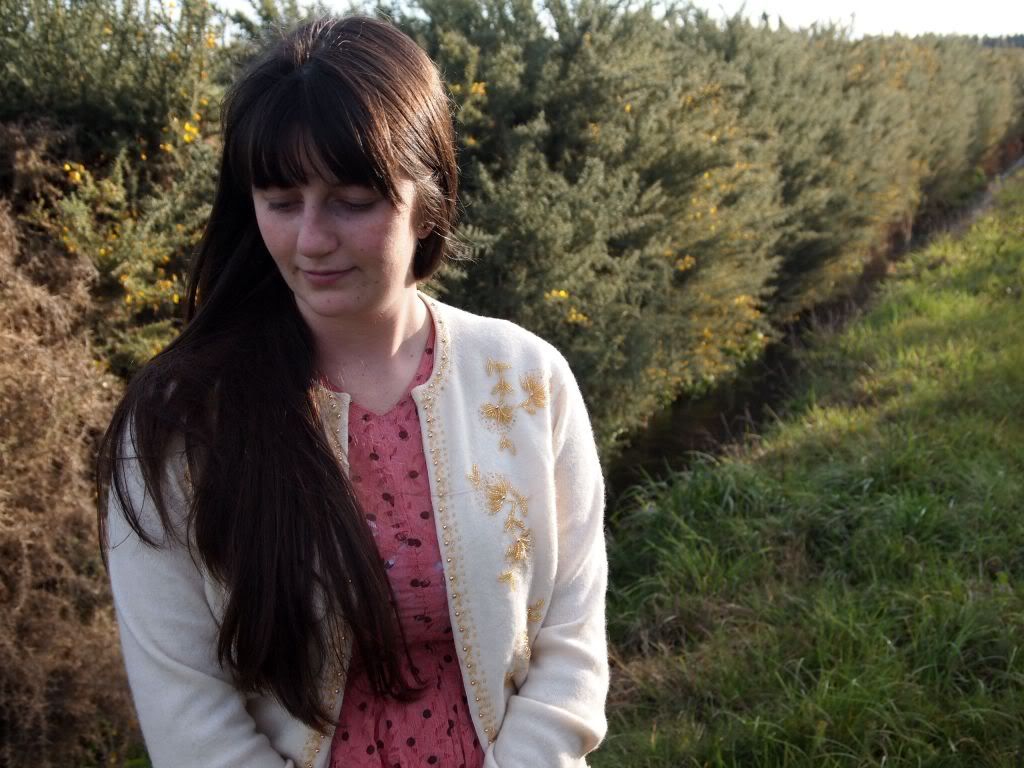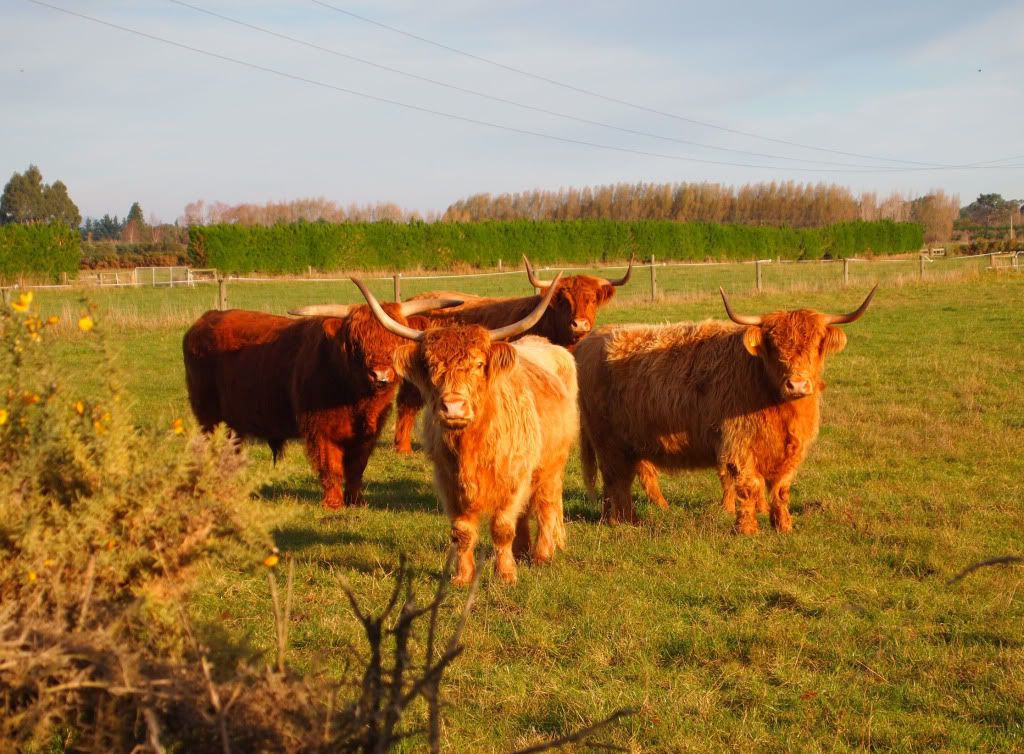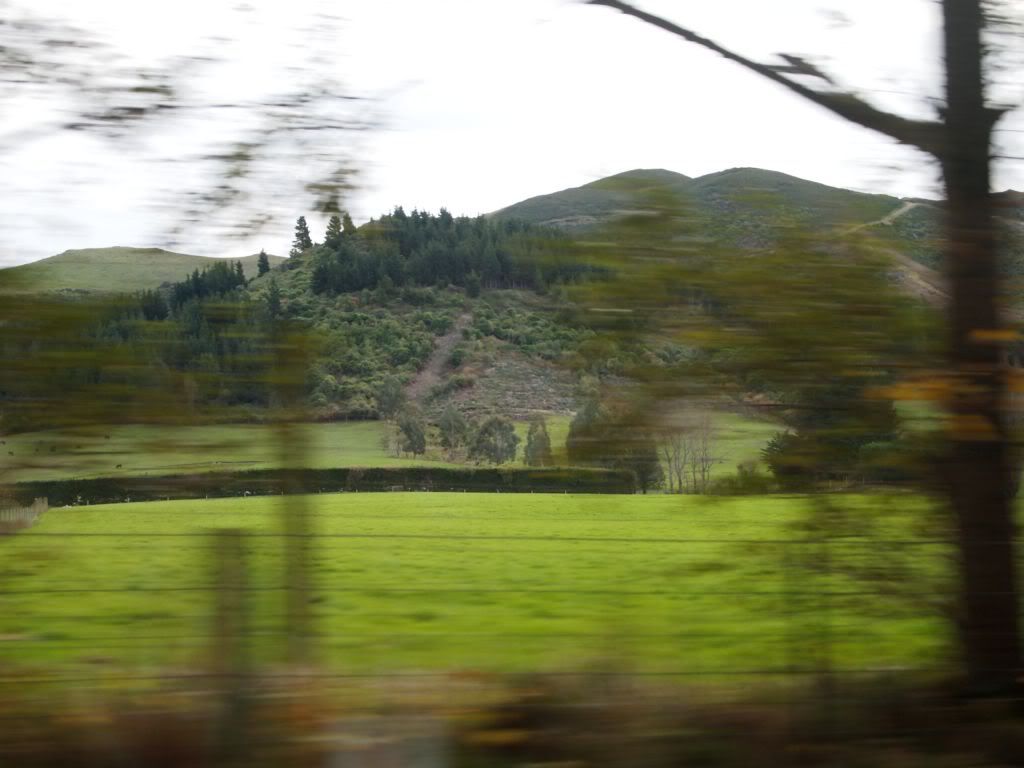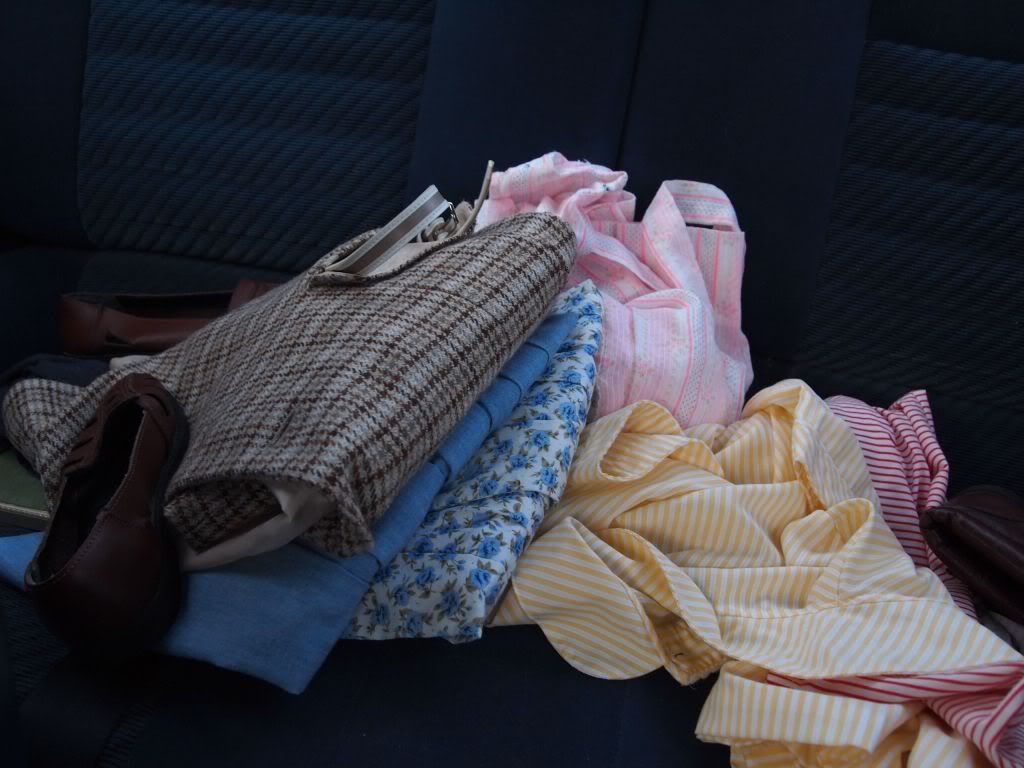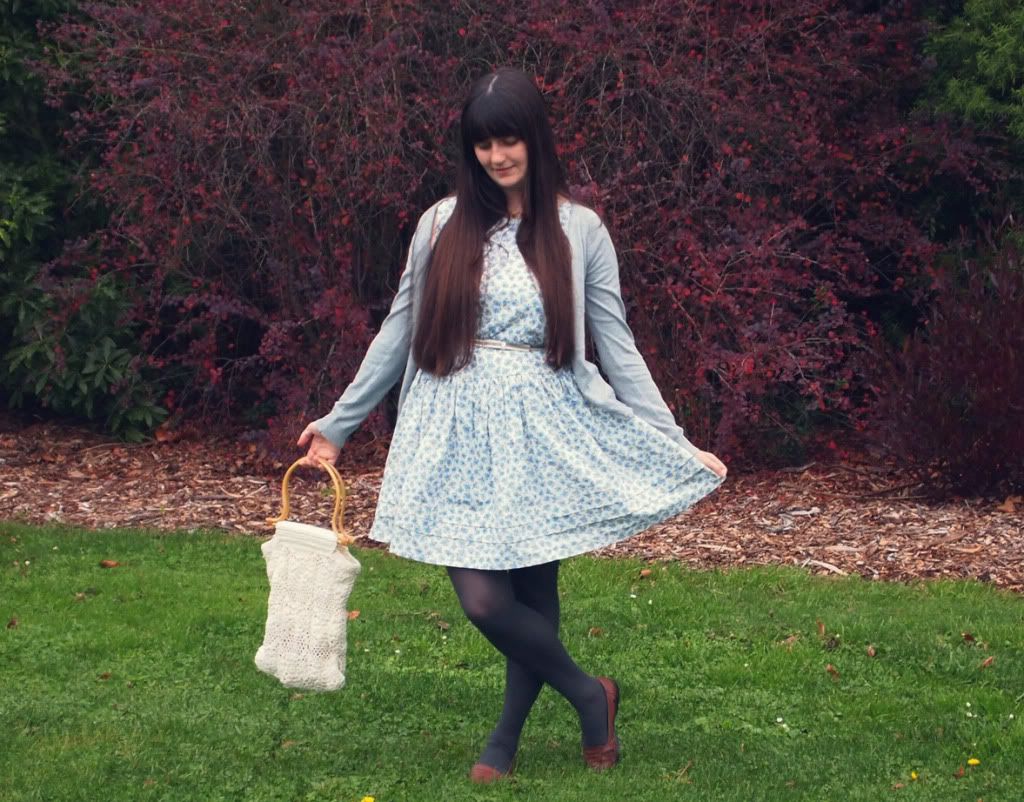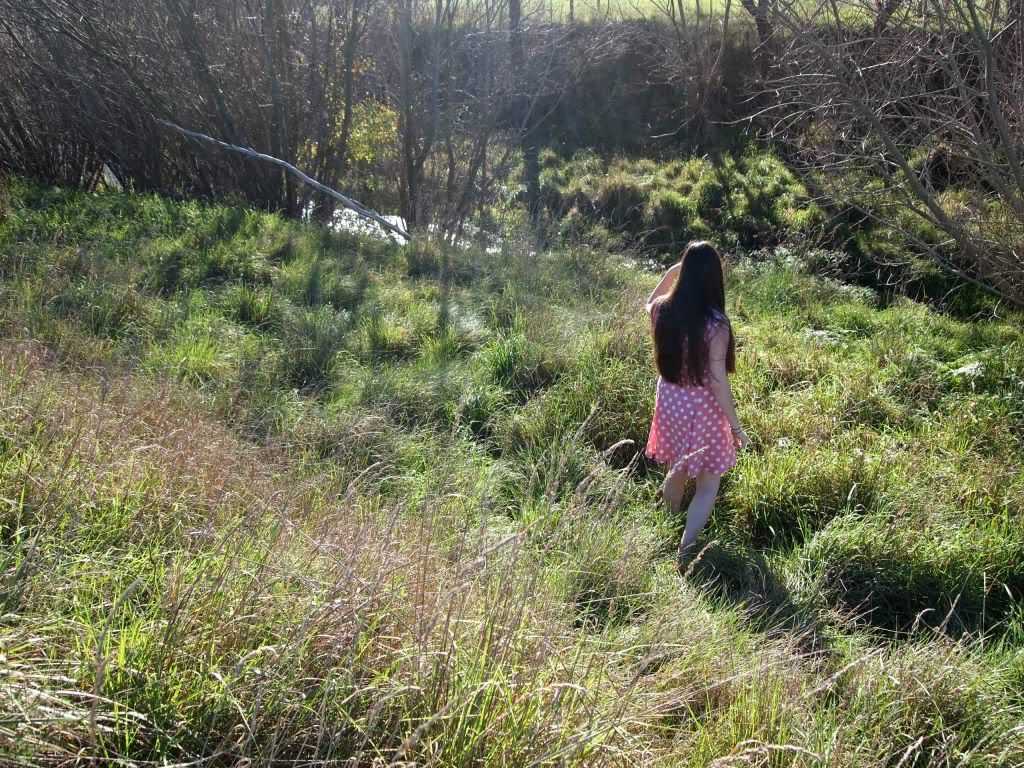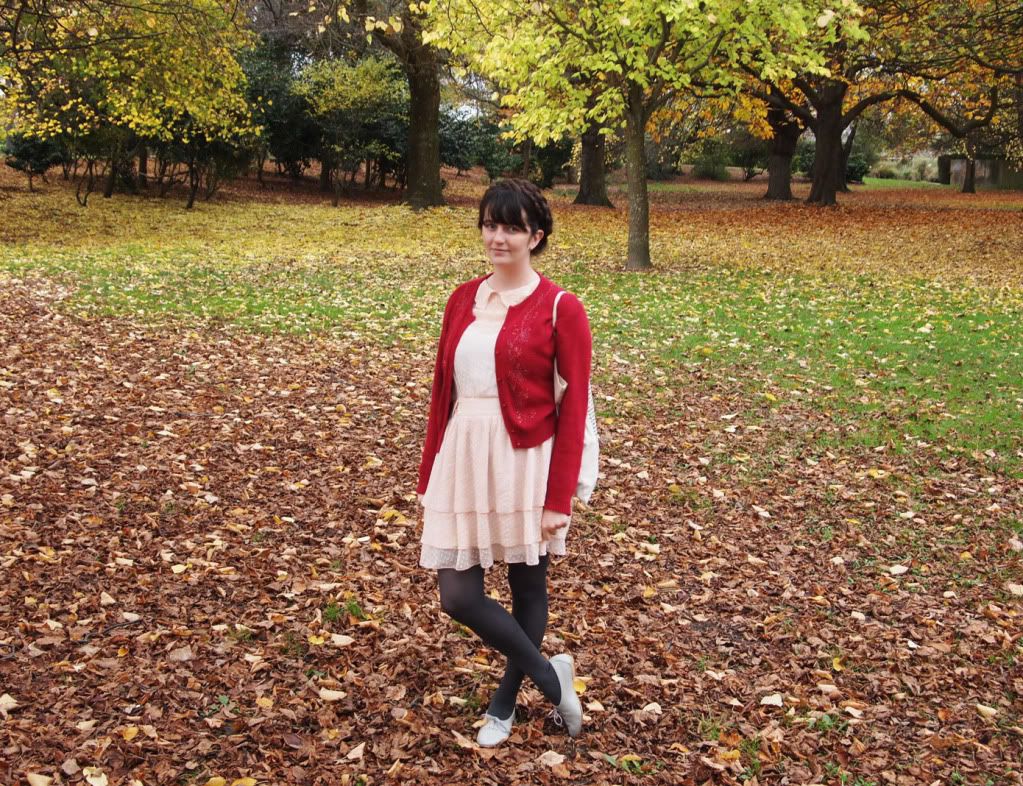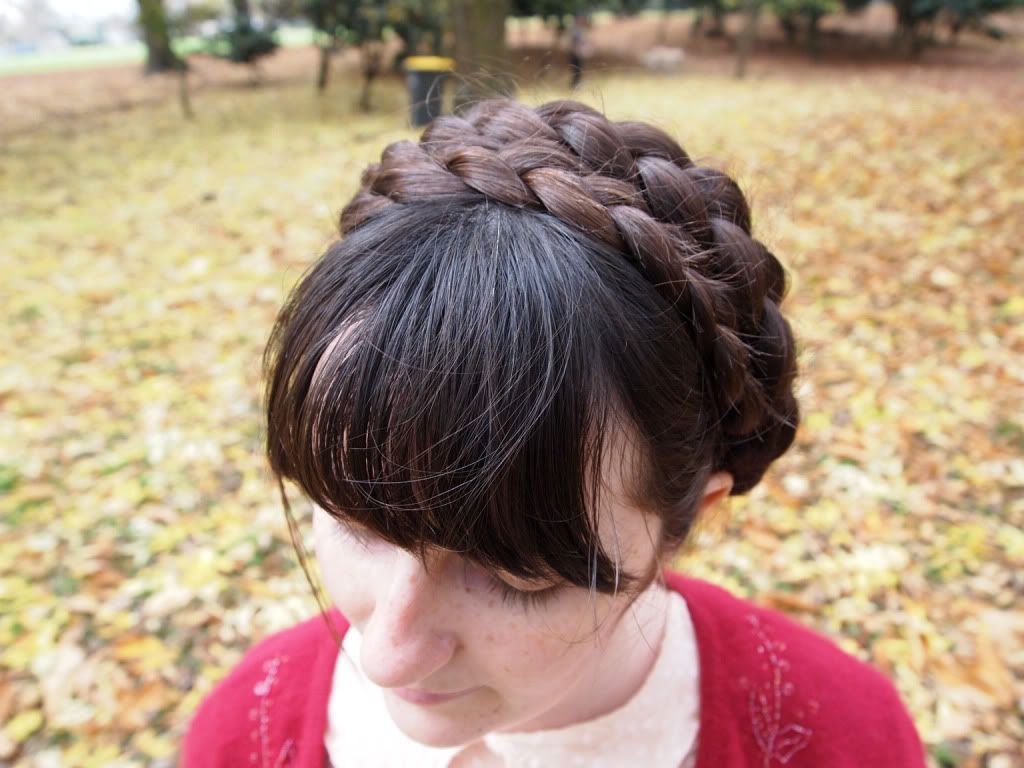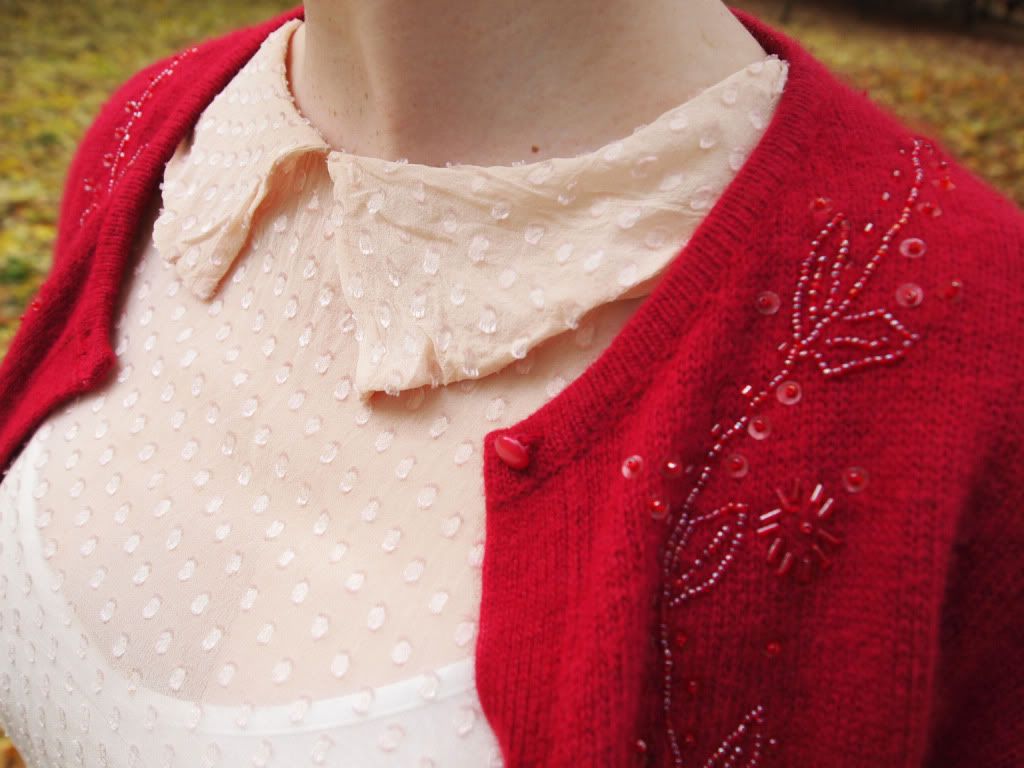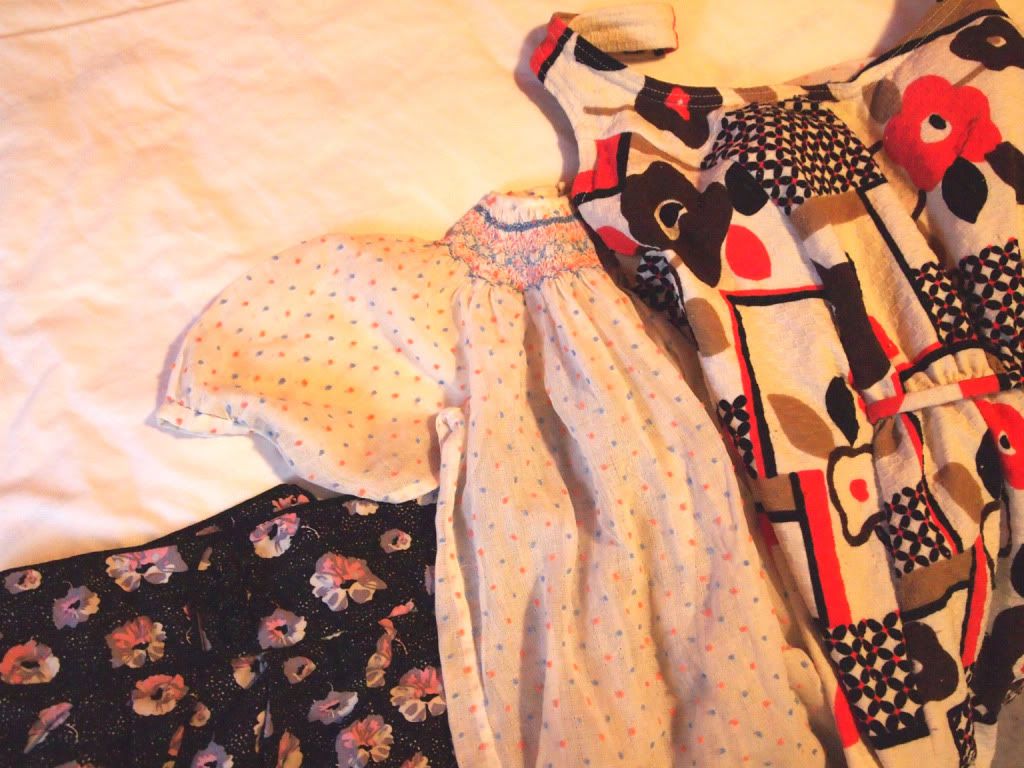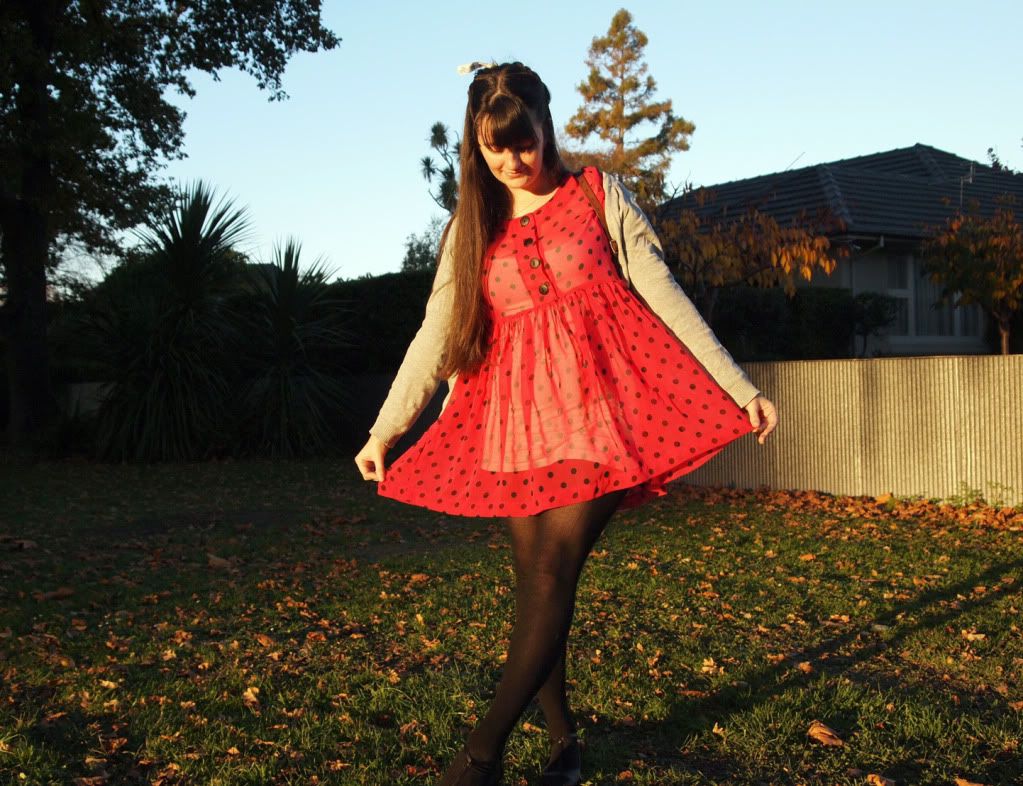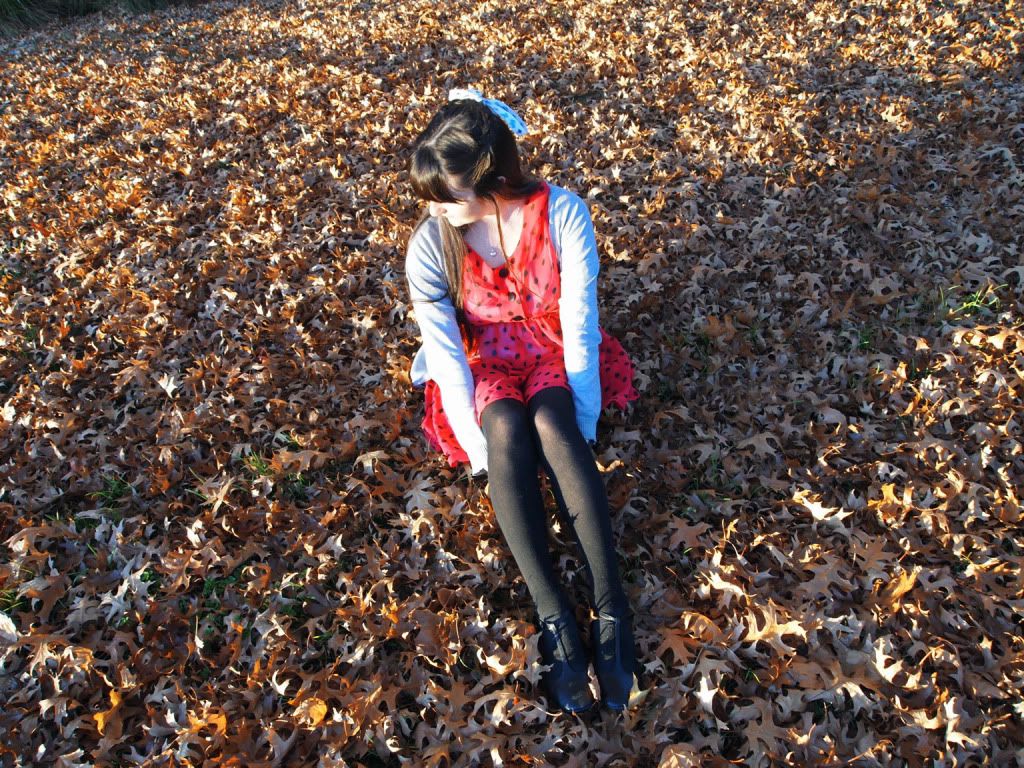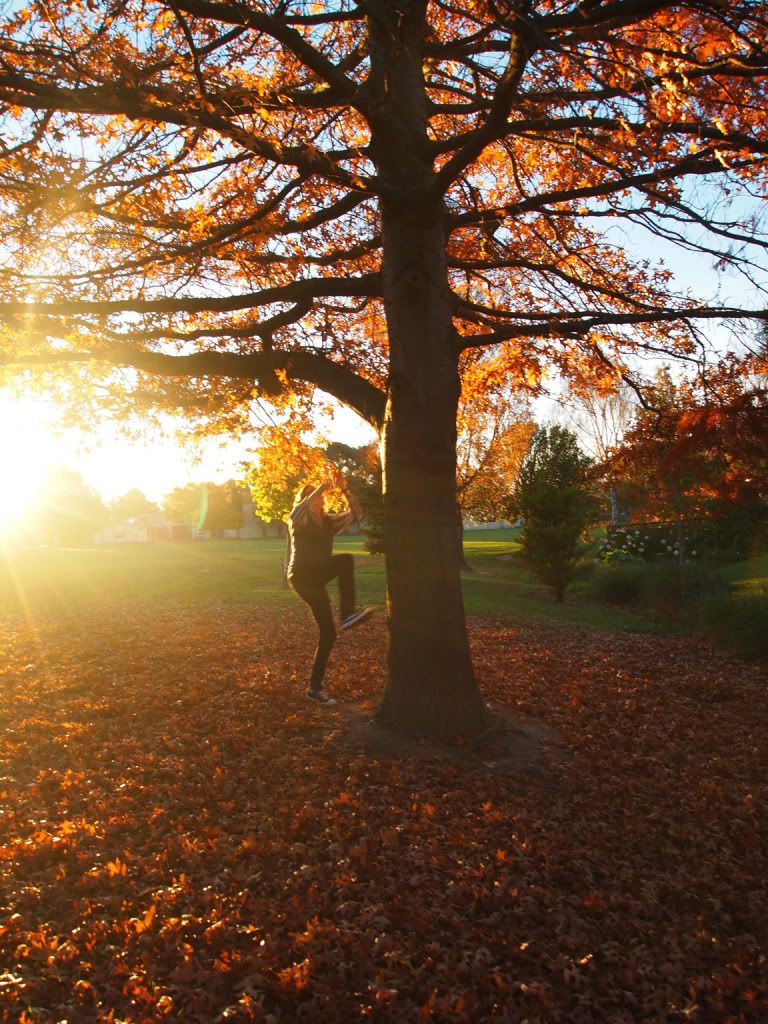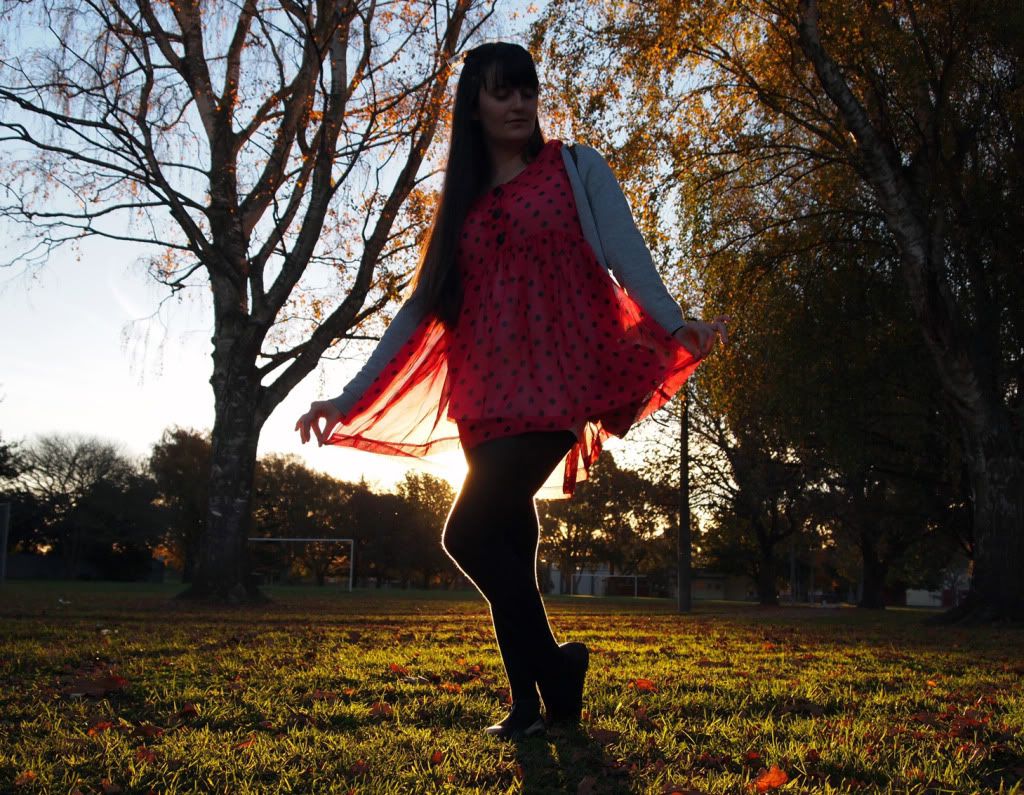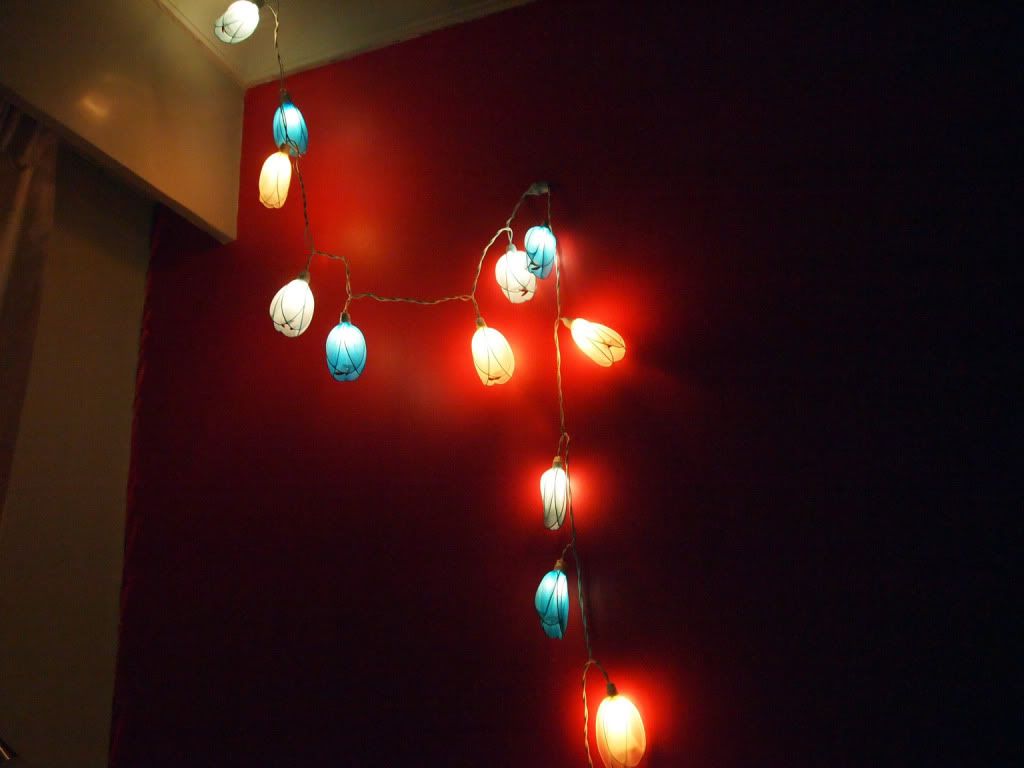I've spent the last week of my list completely emerged in an essay entitled: 'analyse one local example of ‘retro mode’ in terms of the fabrication of an effect of cultural historicity.' That might sound hideously boring and tedious, but I've enjoyed it to the extent that I am considering changing my major for Political Science to Cultural Studies. But none of you guys really care about that. The point is, this piece of writing has mainly been about the way we perceive certain eras of history, and the way they are looked at in the modern era. Although I was writing about steampunk and how it treats Victorianism, I couldn't help but think long and hard about the world of vintage blogging.
As a society, we have a misguided and over-indulged tendancy to idealise the past. In 1937, long before 'vintage' even vaguely resembles what it does now, a fellow called Laver mused:
"The same costume will be indecent 10 years before its time, shameless 5 years before its time, daring 1 year before its time, dowdy 1 year after its time, hideous 10 years after its time, ridiculous 20 years after its time, amusing 30 years after its time, quaint 50 years after its time, charming 70 years after its time, romantic 100 years after its time, beautiful 150 years after its time."Many fashion bloggers, along with design enthusiasts, collectors and general retro junkies, have a tendancy to idealise the bygone days from which we draw our fashion inspiration. We don't look at the 1950s, for example, as a decade struggling to deal with the trauma of a world war, or as one where women were respected only for their small waists and abilities in the kitchen (or bedroom). We look at that era as a golden age of fashion and design, where New Look and Horrockses reign supreme and women have a certain glamour that the modern lady lacks completely.
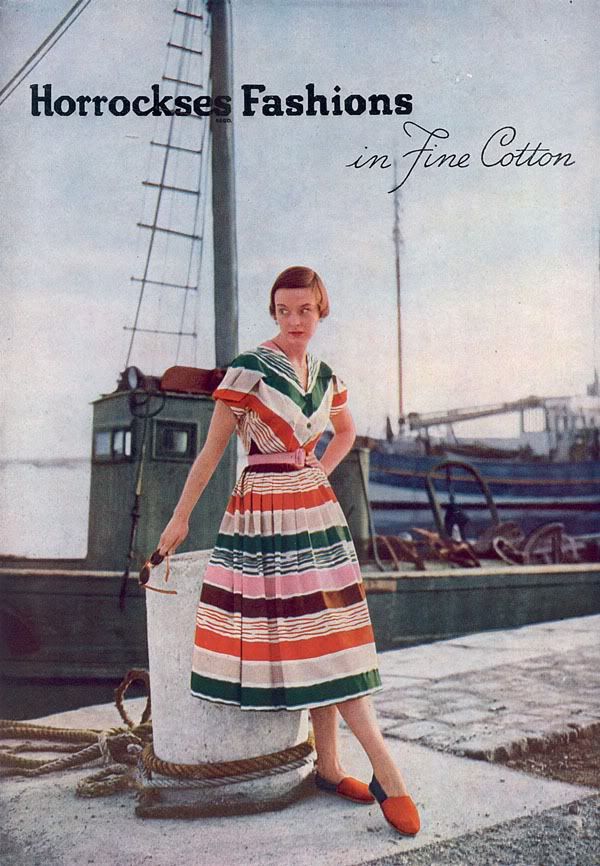 An advertisement for Horrockses Fashions.
An advertisement for Horrockses Fashions.We, as fashion bloggers, prefer to sanitise the past, looking at it in terms of, for example, '1950s-ness'. Decades become a kind of art form, rather than a period of human history. Architecture historians of the modern era call it 'historicity'- a yearning for a non-descript 'days gone by', leading us to butcher the past for the purposes of aesthetics. Recently reading an interview with a blogger whose name escapes me, I was astounded when she said she felt she belonged in the 1950s rather than the modern era. Sure, maybe if you like being repressed. The reality is, if we were teenagers of the fifties rather than of the 21st century, the quality of our lives would be significantly worse. As we romanticise the stylistic elements of an era, we can't help but take other parts of it with us on a nostalgia trip down a path we never personally experienced. We approach the past through stylistic connotations, and it becomes a pastiche of a parody of a stereotype rather than some kind of real sense of history.
And by god, was our man Laver right or what? Vintage fashion is so 'in' that Forever 21 and Glassons have used the term to describe their latest ranges, cheap parodies of full-skirted dresses made in Chinese sweatshops. 'Vintage' now means anything that looks like it was made or designed before the year 2000, including unflattering 'mom' jeans from thrift stores, cheap polyester blouses from the 80s, 'Crosby sweaters', and all sorts of other abominations. A search for 'vintage' on an online website brings you a vast array of results, only a small portion of which are legitimate vintage fashions. It's become a fashion buzz-word, and become somewhat severed from its true meaning somewhere along the way.
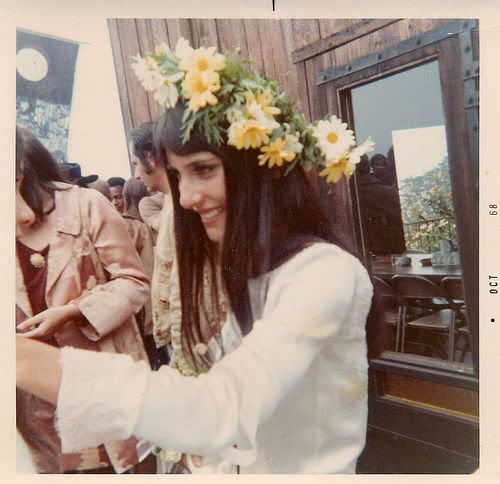 Mimi Farina's wedding in 1964
Mimi Farina's wedding in 1964Vintage fashion wasn't
vintage when it came out, it was just
fashion. Have you ever talked to someone aged 60+ about the fashion of their youth? They're unconditionally baffled that there are a group of avid followers of the clothes they were forced to wear in their youth. They can't possibly imagine how their horn-rim reading glasses are now collectible, their Crown Lynn swans are not sought-after. In the 1960s, children played dress-ups in day dresses from the decade before. And when I think about mainstream cultural output from my youth- Ikea couches, jeggings, ugg boots, Eminem- I can't possibly fathom anybody romanticising this era.
To me, vintage doesn't simply imply an era, a certain number of years ago. It has connotations of quality, of an age before mass-production. Clothing was made to last a lot longer in, say, the 1960s than it is today. People had less disposable income, smaller wardrobes, and trends changed on a slower scale. I have dresses from the 1950s that I've had since I was 12, worn on a regular basis, and they've still got at least another 10 years in them. I'm not sure if anything from Topshop would undergo that kind of treatment. Also, the vast majority of clothing in retail shops today is made in sweatshops in third-world countries. When for a similar price you can put your money towards an item sold by a small business of charity, and look a bit unique in doing so, why wouldn't you? To me, shopping vintage has endless appeal.
To me, I think something 'vintage' is at least 35 years old. That said, I've been wearing vintage for around seven years. I suppose in that time my classification for the term has gone from around 1969 to 1976, without me even realising, but I'm not so sure how I feel about that. In another seven years, I guess I'll have to think of vintage as 1982. That's the year The Dark Crystal and E.T. were released. Call me crazy, but I don't think I'll ever want to dress like characters from either of those films. In my mind, there is a cut-off for what I consider to be true vintage, from an era before Made in China was ubiquitous. But maybe I stand alone in this.
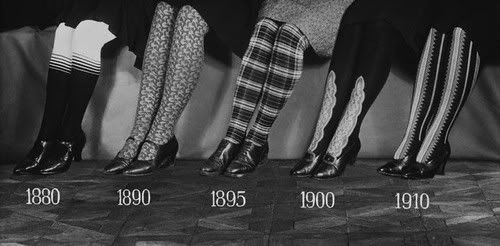 Hosiery through the ages.
Hosiery through the ages.I guess, in the end, I don't know where I'm going with this whole thing. I love vintage, I've worn it for a long time and I will continue to do so for a long time. Despite its undeniable status as extremely trendy, dressing in clothes from before the mid-seventies aligns too perfectly with my figure, my views on mass production and my sense of aesthetics for me to give up on it. I am lucky to live in the 21st century, not just because I can vote, work and get paid almost what a man does, and trust that I'm not going to die when I catch a cold. But because we are gifted with the retrospect to be able to pick and choose from previous decades, and be inspired by so many years of film, literature, photography and art. And although the term is generally used as an insult to architects, we have historicity on our side. As I type this, I'm wearing a 1950s dress, with a 1960s sweater, and brand spanking new Goldenponies oxfords on my feet. We can learn from the mistakes and misgivings of past decades, as long as we consciously separate their culture from their cultural output- that is, the fashions that you probably love, or I guess you wouldn't be reading this blog.
